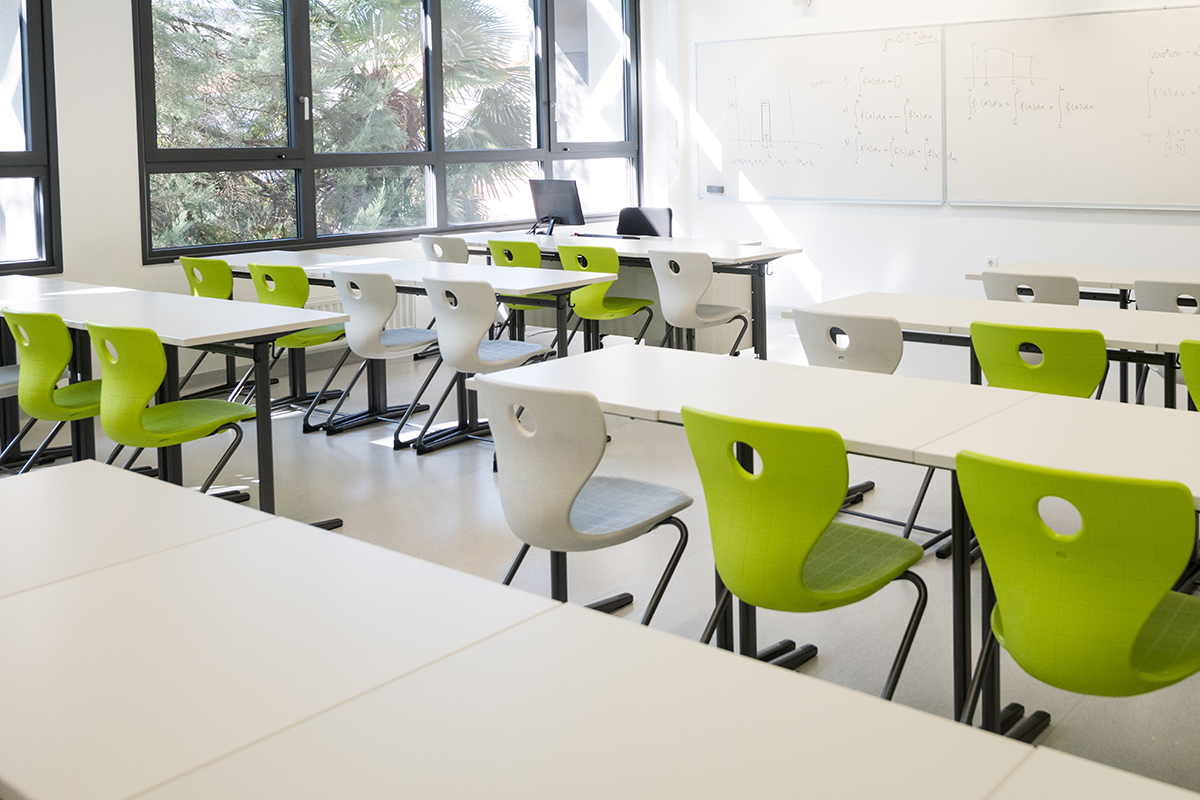At the meeting’s outset, State Superintendent of Public Instruction Tony Thurmond said the webinar offered a chance for local educational agencies to compare notes on their reopening plans with the CDE’s guidance “to ensure we’re synchronized.” However, little detail was provided, with the presentation largely focused on general topic areas and issues.
Chief Deputy Superintendent of Public Instruction Stephanie Gregson said the CDE’s reopening task force and its subgroups, of which CSBA participates, is addressing pressing issues and responding to a slew of questions from LEAs across the state. Key topics include modified learning environments such as seating configurations, smaller classrooms and outdoor learning spaces; determining which type of learning models are appropriate for which grades (in-person, distance or blended); and logistical concerns around handwashing, facilities cleaning and transportation.
Thurmond said the CDE will share weekly guidance development updates moving forward and encouraged LEAs to share their own reopening frameworks and plans by emailing them to covid19@cde.ca.gov.
Separate from the CDE guidance, the California Department of Public Health is preparing recommendations on safely operating schools and child care centers as portions of the state reopen, said Deputy Director Gil Chavez. The document — which will include possible safeguards in instances where socially distancing is not possible — is quickly nearing completion and will likely inform at least portions of the CDE document, officials said.
Even once guidance is available, Chavez said, “At the end of the day, all of those recommendations will have to be vetted locally. Only you know your students.”
Perspectives on a safe return to school — with less funding
The webinar also served as a focus group opportunity, with perspectives on reopening challenges and possible solutions shared by a custodian, a teacher, a principal and a superintendent. The specter of looming budget cuts were a prominently discussed factor. Similar focus groups will be turned to on a larger scale as the CDE’s guidance nears release, Thurmond said.
Entering his 38th year as a custodian, California School Employees Association President Ben Valdepeña offered great concern over the uncertainty of how schools will be able to keep surfaces clean with current or lesser staffing levels. “I know what it takes to open a school district, I know what it takes to open up a school — but I don’t know what it takes during the era of COVID-19,” he said. Valdepeña suggested schools create instructional videos over the summer for students and staff to learn how to socially distance in different settings and to practice necessary hygiene.
Beyond physical health risks, several speakers said mental health and emotional well-being must be part integral parts of reopening plans and guidance. “Our kids have been through so much. So much. And they deserve more right now,” said Los Angeles Unified School District elementary teacher Erika Jones, who also serves on the California Teachers Association Board of Directors.
Lorena Rubio, an elementary school principal in Orange USD, said that to best connect young students, in particular, they need to be in the classroom as much as possible in the fall. While distance learning may be more suitable for higher grades, Rubio emphasized that younger students thrive through in-person connections.
In an ideal world, a return to school would see nurses and counselors at every school site to account for the threat and impacts of COVID-19, said San Diego USD Superintendent Cindy Marten. But the reality is that the available dollars will inhibit an appropriate response. “This is not politics, this is math,” Marten said. “We cannot absorb a 10 percent cut in LCFF funding at the same time that we are trying to do more to reopen safely.”
Thurmond said he and the CDE recognize that any safety accommodations will require much more funding than is outlined in the May Budget Revision. “We hear you, loud and clear — all of our teachers and classified staff, and all the education associations — that you cannot reopen with social distancing conditions in place if you are going to experience cuts … we agree with you,” Thurmond said. “We cannot ask schools to do more with less. We understand adding social distancing conditions are unavoidable expenses.”
Education Coalition calls for necessary funding, state PPE solution
In a May 20 letter to state policymakers opposing the drastic cuts laid out in the May Revision, a coalition of nine state associations of which CSBA is a part reinforced the stance that schools cannot physically reopen safely with the proposed funding level. The Education Coalition implores the Administration and Legislature to look to alternate revenue sources to ensure K-12 schools can provide quality and safe educational environments. “This is an urgent matter and should be addressed in the June budget to provide enough time for schools to physically reopen safely,” the letter states.
As discussions ramp-up about the reopening of schools, board members and the entire school community can join in advocating for these desperately needed funds at both the state and federal level. To aid in this endeavor, CSBA has created an advocacy toolkit that includes a one-click link to send an email to state and federal representatives, as well as sample letters requesting adequate state and federal education funding, sample call scripts, social media posts and funding resolutions.
Aligning with Thurmond’s recent comments that masks and other PPE for students and staff will be necessary for physical instruction to resume, the coalition also asks the state to use its purchasing power and existing contracts to purchase PPE for schools with non-Proposition 98 funding. This process would mitigate district-by-district procurement competition that states experienced at the beginning of this pandemic.




